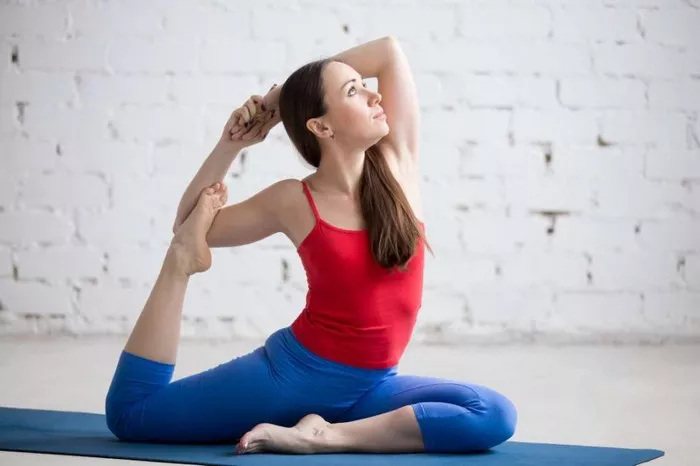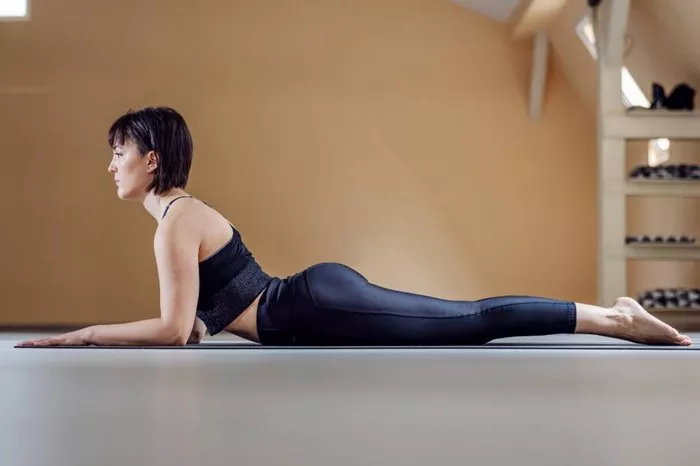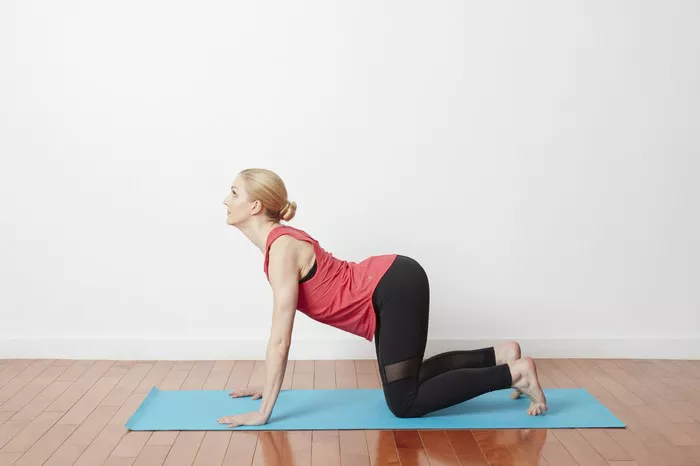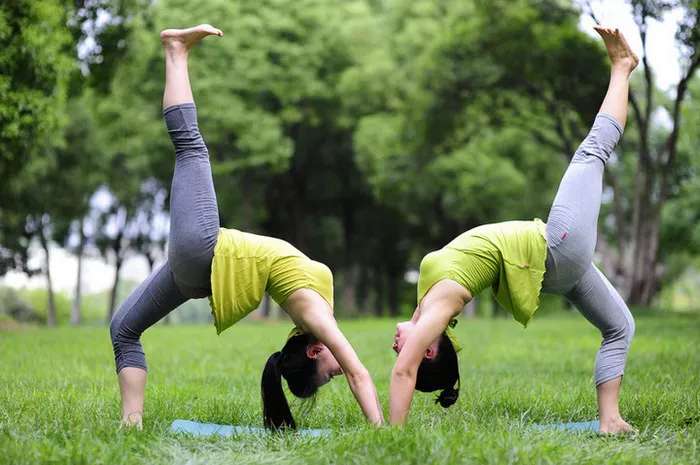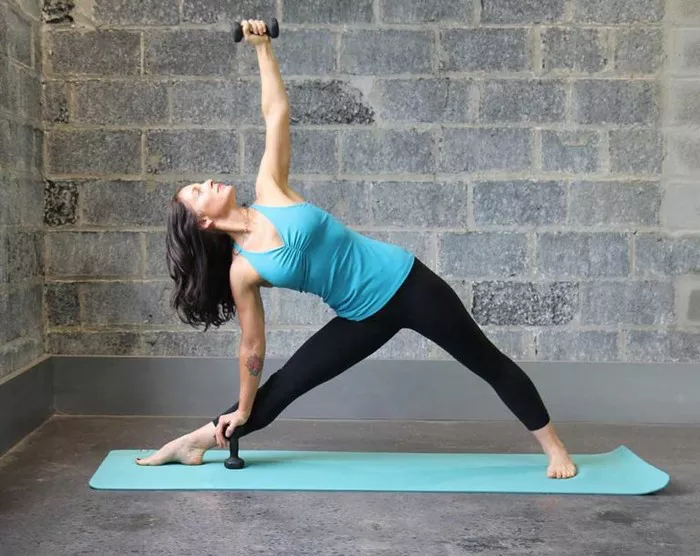In the fast-paced world of academia, students often find themselves overwhelmed with academic pressures, extracurricular activities, and personal commitments. Amidst this hustle, it’s crucial for students to carve out time for self-care and relaxation. Yoga, with its myriad benefits for both the body and mind, offers a holistic approach to achieving balance and well-being. In this article, we delve into a selection of yoga poses specifically tailored to meet the needs of students, promoting focus, flexibility, and overall wellness.
1. Mountain Pose (Tadasana)
As the foundational pose in many yoga sequences, Mountain Pose serves as a starting point for centering and grounding oneself. To perform Tadasana, stand tall with feet hip-width apart, arms by your sides, and palms facing forward. Engage your thighs, lengthen your spine, and lift through the crown of your head. Take deep breaths, focusing on aligning your body and calming your mind. Mountain Pose improves posture, concentration, and cultivates a sense of stability—qualities essential for students navigating academic challenges.
2. Forward Fold (Uttanasana)
Forward Fold is an excellent pose for releasing tension in the back, hamstrings, and neck—areas often affected by long hours of studying or sitting. Begin in Mountain Pose, exhale as you hinge at the hips, and fold forward, allowing your hands to reach toward the ground or grasp opposite elbows. Keep a slight bend in your knees if necessary to protect your lower back. With each breath, feel the stretch deepen, and let go of any stress or tightness. Forward Fold improves blood circulation to the brain, promoting mental clarity and relaxation—a valuable practice for students seeking to alleviate academic pressure.
3. Downward-Facing Dog (Adho Mukha Svanasana)
Downward-Facing Dog is a rejuvenating pose that stretches the entire body while calming the mind. Start on your hands and knees, tuck your toes, and lift your hips toward the ceiling, forming an inverted V-shape with your body. Press firmly into your palms and heels, while drawing your navel toward your spine to engage the core. Pedal out your feet and gently release tension in the neck and shoulders by nodding your head. Downward-Facing Dog increases circulation, relieves stress, and improves focus—making it a valuable addition to any student’s yoga practice.
4. Seated Forward Bend (Paschimottanasana)
Seated Forward Bend offers a deep stretch for the hamstrings, spine, and shoulders, promoting relaxation and mental clarity. Sit on the floor with your legs extended in front of you and flex your feet. Inhale to lengthen your spine, then exhale as you hinge at the hips and fold forward over your legs. You may reach for your shins, ankles, or feet, depending on your flexibility. Relax your neck and shoulders, allowing gravity to deepen the stretch with each breath. Seated Forward Bend calms the nervous system, reduces anxiety, and enhances introspection—an invaluable practice for students seeking balance amidst academic demands.
5. Warrior II (Virabhadrasana II)
Warrior II is a powerful standing pose that builds strength, stamina, and focus—qualities essential for academic success. Begin in Mountain Pose, then step your feet wide apart, turning your right foot out 90 degrees and your left foot in slightly. Bend your right knee directly over your ankle, while extending your arms parallel to the floor, palms facing down. Gaze over your right fingertips, keeping your shoulders relaxed and core engaged. Warrior II strengthens the legs, opens the hips, and cultivates mental resilience—empowering students to face challenges with confidence and determination.
6. Tree Pose (Vrksasana)
Tree Pose challenges balance and concentration, while fostering a sense of rootedness and stability. Begin in Mountain Pose and shift your weight onto your left foot. Place the sole of your right foot either on your inner left thigh, calf, or ankle—avoiding the knee joint. Press your foot into your thigh and your thigh back into your foot, while bringing your palms together at your heart center or extending your arms overhead. Find a focal point to steady your gaze and breathe deeply. Tree Pose improves balance, focus, and mental resilience—equipping students with the inner strength to navigate academic and personal challenges with grace.
7. Corpse Pose (Savasana)
Corpse Pose is the ultimate relaxation pose, allowing students to integrate the benefits of their practice and surrender to deep rest. Lie on your back with your arms by your sides, palms facing up, and feet falling open. Close your eyes and consciously relax each part of your body, starting from your toes and working your way up to your head. Let go of any tension or holding, and allow yourself to be fully supported by the ground beneath you. Remain in Corpse Pose for 5-10 minutes, focusing on your breath and cultivating a sense of inner peace and stillness. Savasana rejuvenates the body, calms the mind, and promotes overall well-being—a vital practice for students seeking to balance academic rigor with self-care.
Conclusioin
Incorporating these yoga poses into your daily routine can significantly enhance your well-being as a student, fostering physical vitality, mental clarity, and emotional resilience. Whether practiced individually or as part of a structured sequence, yoga offers a transformative journey inward—one that empowers students to thrive academically and beyond. Take time to nurture your body, mind, and spirit through the timeless practice of yoga, and discover the profound benefits it has to offer on your academic journey.









